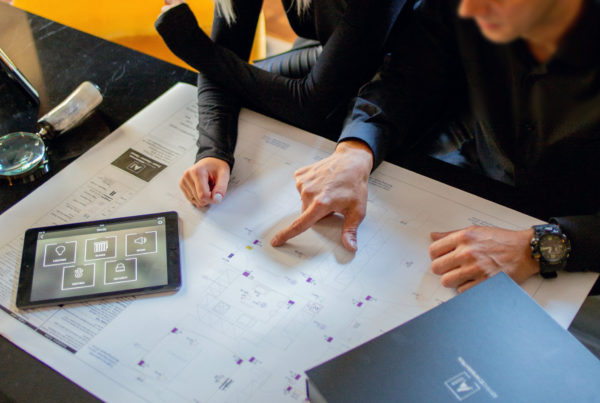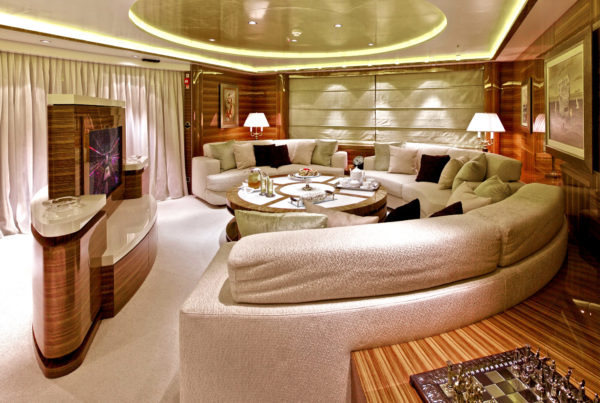What makes a luxury home?
It doesn’t take a degree in real estate management to recognize a luxury home, you just “feel it” when you see one. There are of course many criteria and some of them come down to individual tastes, but at the core the three elements most people value are size, quality and exclusive features.
Having worked on the most expensive house for sale in London, we’ve seen all these elements together.
A property with such a huge space available surely feels lavish, but at the same time even simple operations like opening the curtains in the morning can become a daunting task, leaving you either upset or over-reliant on your staff (which in turn might impact your privacy).
Smart home technology lends a big hand to automate routine tasks like this: to solve this specific problem, we installed motorized blinds and curtains (92 in total!) throughout the property and integrated them in the main system, so the controls can be accessed from the same bespoke interface and less keypads are required. Even better, by making these operations part of pre-programmed scenes, all the curtains and blinds will open in the morning and close at night with a single touch (or at the preferred time).
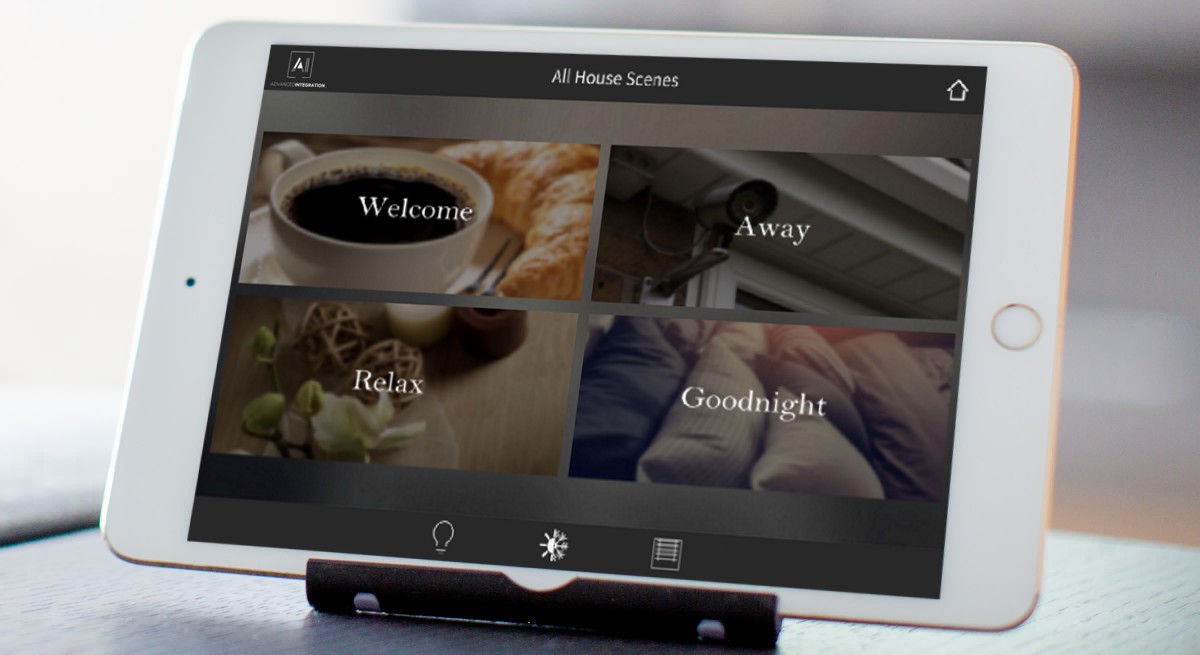
Bespoke scenes accessible with one touch
This functionality is by no means limited to curtains: you can throw elements like lights, temperature and even your favourite music in the mix, to energize you in the morning or accompanying you to sleep with soothing sounds.
Make it cool and convenient
When we took on the project, there was a pre-existing Building Management System (BMS) installed by another company. It had several issues and needed replacement to become energy saving and provide more efficient control of the HVAC (heating and cooling).
In fact, besides the pool temperature monitoring and management, there were 48 zones throughout the property that needed climate control, and each room had its own HVAC controls. By integrating the heating (underfloor) and cooling (VRF-FCU units), we removed the need for the individual units and enabled residents to access these settings from the touch screens, remotes and iPads they were already using to manage the rest of the system.
A similar optimization was achieved by integrating the door phones intercom system with Crestron touchscreens: not only this saved costs by avoiding the installation of several indoor units, it also allowed residents to answer the door from wherever they are.
Another premium feature of this property was an auto stacker garage lift. In a nutshell, you leave your car in a designated spot in your courtyard and it’s automatically taken underground and parked. Likewise, when you want to go out you select the car you want, and it’s automatically lifted at ground level.
This already feels like a treat, but we decided to go the extra-mile and also integrated it in the Crestron home automation: besides bypassing the need for an expensive control system from the car lift company, this added the convenience of being able to select one’s preferred car from the phone.
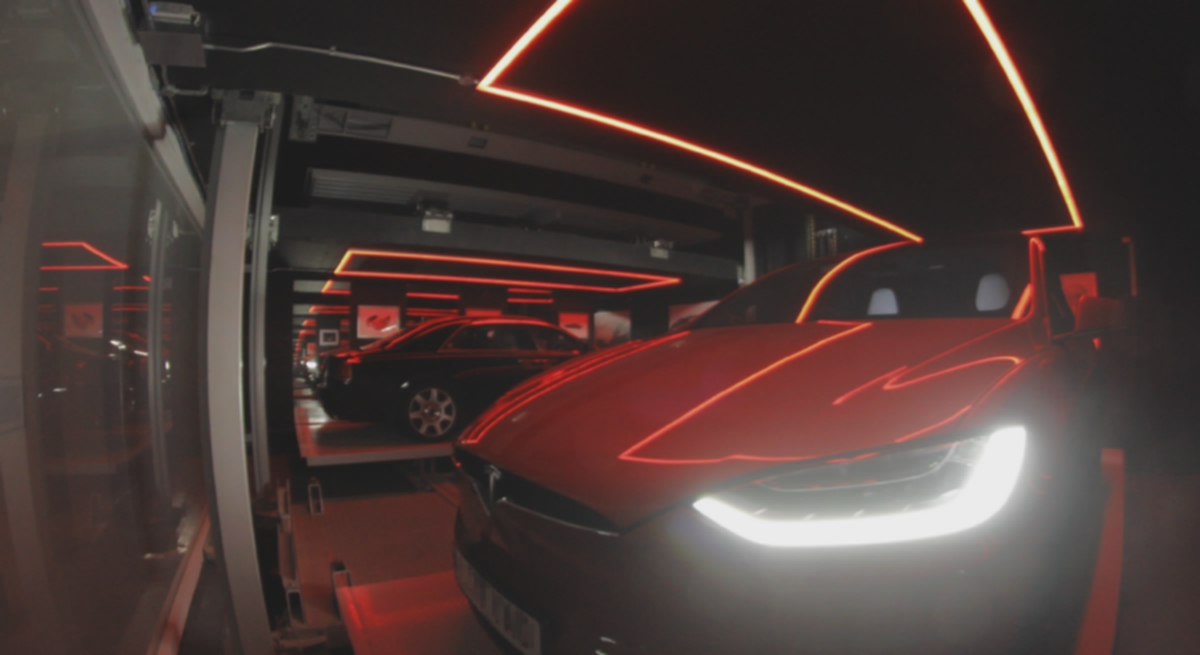
Your car parks itself
Unleash the power of home automation
An aspect where home automation shines is using various kinds of sensors to the fullest. You’ll surely be familiar with lighting systems relying on motion sensors to go on or off, but the possibilities are much wider. For example, by using a combination of sensors, you can do things like arming the alarm system automatically when you leave your home, turning on the heating in the bathroom when you come back and being notified in real time if someone comes near your property or your children enter an area where they shouldn’t be.
Another application of this in the above project is having audio and video content follow our clients around the house. They can launch their favourite playlist in the living room and keep listening to it in the gym or in the garden. Likewise, they can start watching a TV show in the pool area and keep watching it in the games room or even the mirror TV in the master bathroom.
Of course, while these results sound even more impressive given the size of the property, it doesn’t mean you necessarily need a mansion to enjoy the benefits of smart technology. We successfully installed home automation systems in many apartments all around London and, while the 46 feet swimming pool might be difficult to fit in, is definitely possible to satisfyingly automate several elements and enhance the features and value of your home.

One of our projects was dubbed “trophy home of the week” by the Evening Standard.
Indeed, it doesn’t even need to be a house: take for example our work at the award-winning Costa Navarino resort, our commercial solutions or the many installations we did on yachts like the Mia Rama, the Elements, and the My Solandge (you can also read some case studies in our projects section to get additional ideas).
Whatever your needs and available space are, there are many personalized solutions to make your property or yacht smarter and your life easier.
The growing interest in smart technology
Considering how fast this sector is evolving at a global level, it’s no wonder that more and more families are adopting some form of home automation. You can see in the graph below some statistics for smart home household penetration in various countries. The USA are leading the way, but more and more countries are rapidly catching up. Even in countries where current penetration is more modest, values are expected to duplicate (e.g. Italy, France) or even triplicate (e.g. Greece) by 2024.
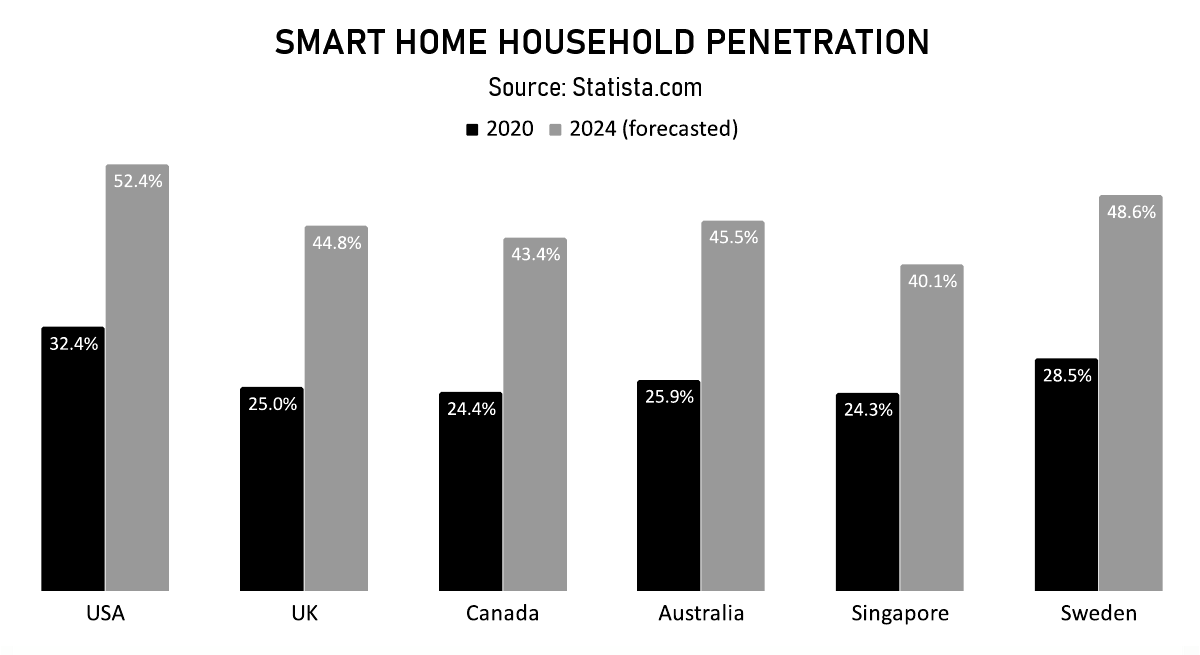
Smart Home Household Penetration 2020-2024
Among the reasons to get on board the trend, convenience and security are at the top places. In a survey conducted by the Consumer Technology Association home security was listed as the top choice in terms of 12-months purchase intent. After convenience at 67%, 58% of respondent revealed that the peace of mind granted by smart home technology was their top second reason.
Besides personal use, smart home technology is primarily seen as a form of investment, especially for people planning to sell their property. According to the MD of the National Association of Realtors (NAR), a smart home can sell for 5% more than an equivalent property without home automation. Moreover, a survey by Coldwell Banker showed that 66% of respondents prefer to leave smart gadgets behind when moving home to sell it faster, and 81% of those who have already invested in the technology said that they would rather buy a smart home, with 71% of them expressly looking for one (source:Dallas Home Expert).
However, simple smart gadgets won’t necessarily make the difference, especially considering that more and more products get on the market every year. As the realtor Leonara Riordan explains, “The quality of the smart home tech can be a factor – if it crashes or doesn’t work reliably, say, then it’s just going to get ripped out after the sale.” (source: Investopedia). Our team knows it well: as we previously revealed, many of our projects start with a request to fix a previous installation.
Many people seem to be confused as to who is best to hire when it comes to home automation, and a lot of them ends up asking the wrong professional (e.g. AV installers). While specialists in other professions might have some more or less deep knowledge of this field, if you really care about getting an efficient system (and getting it right the first time!), asking an expert integrator that is also a certified dealer of the relevant manufacturer(s) is always the best choice.
Feel free to contact us to request more information and receive a tailored consultancy!





